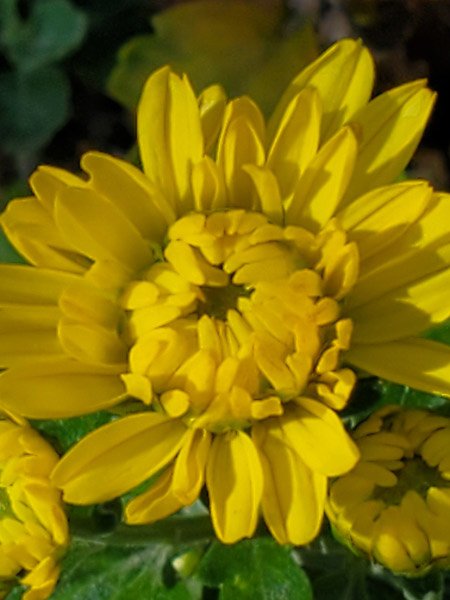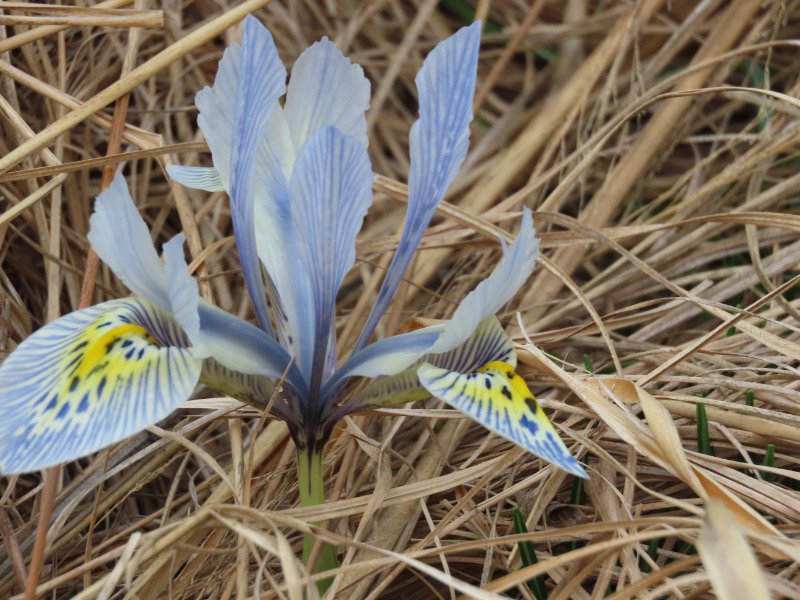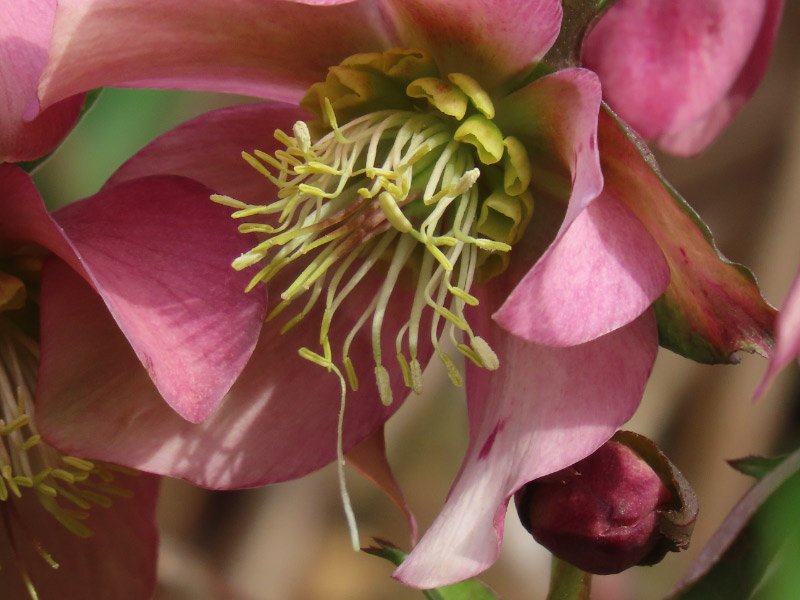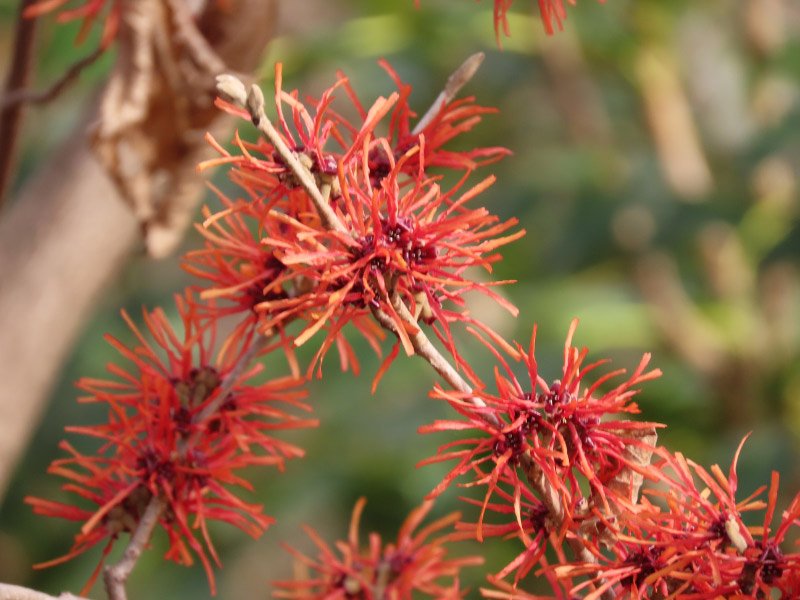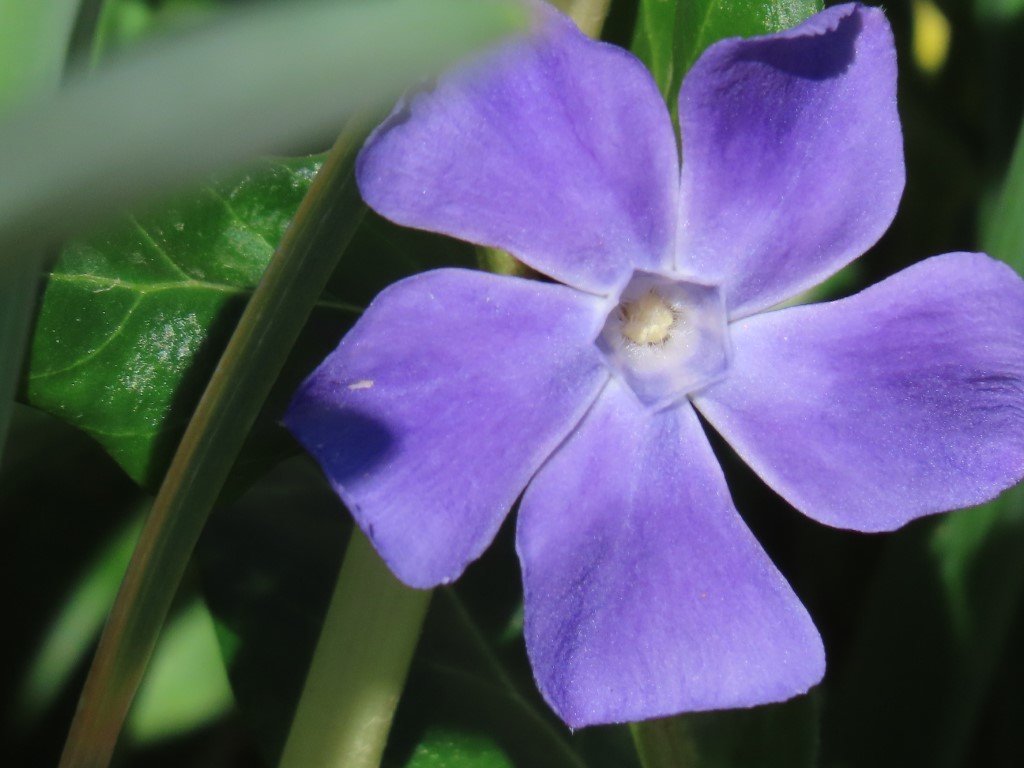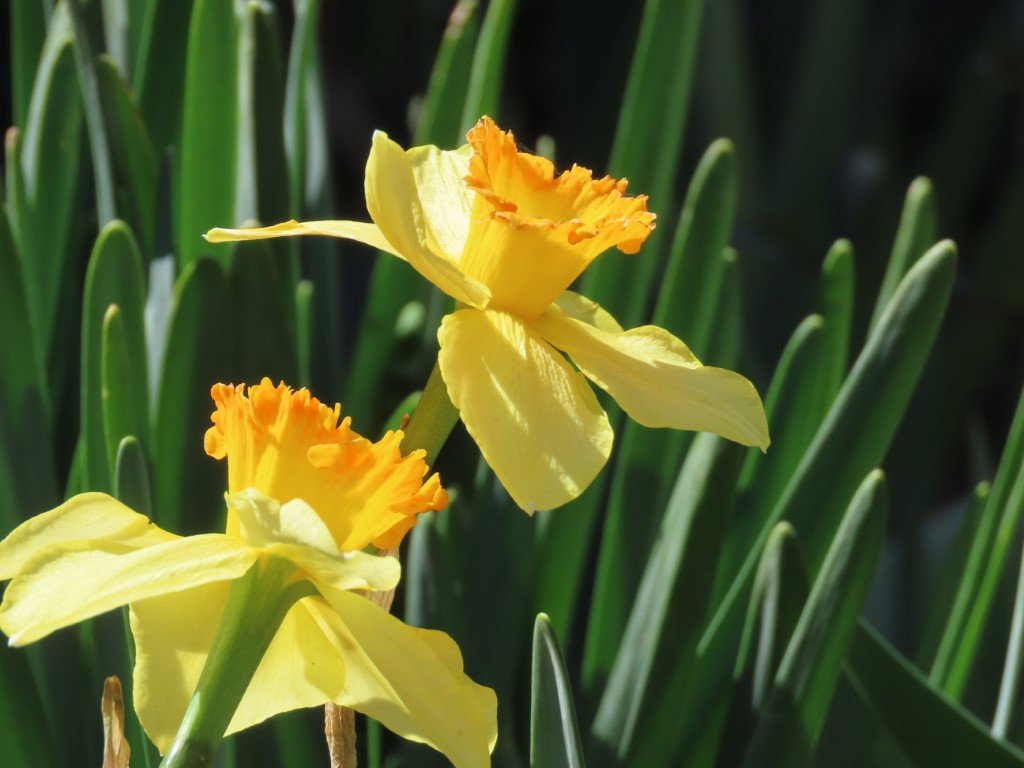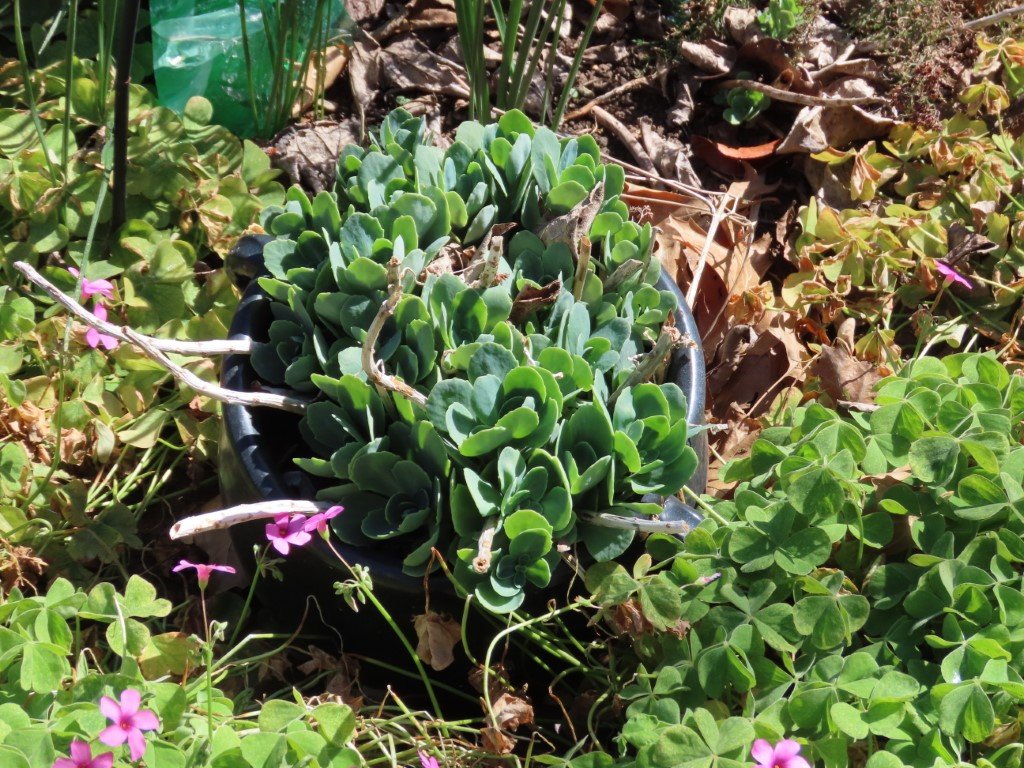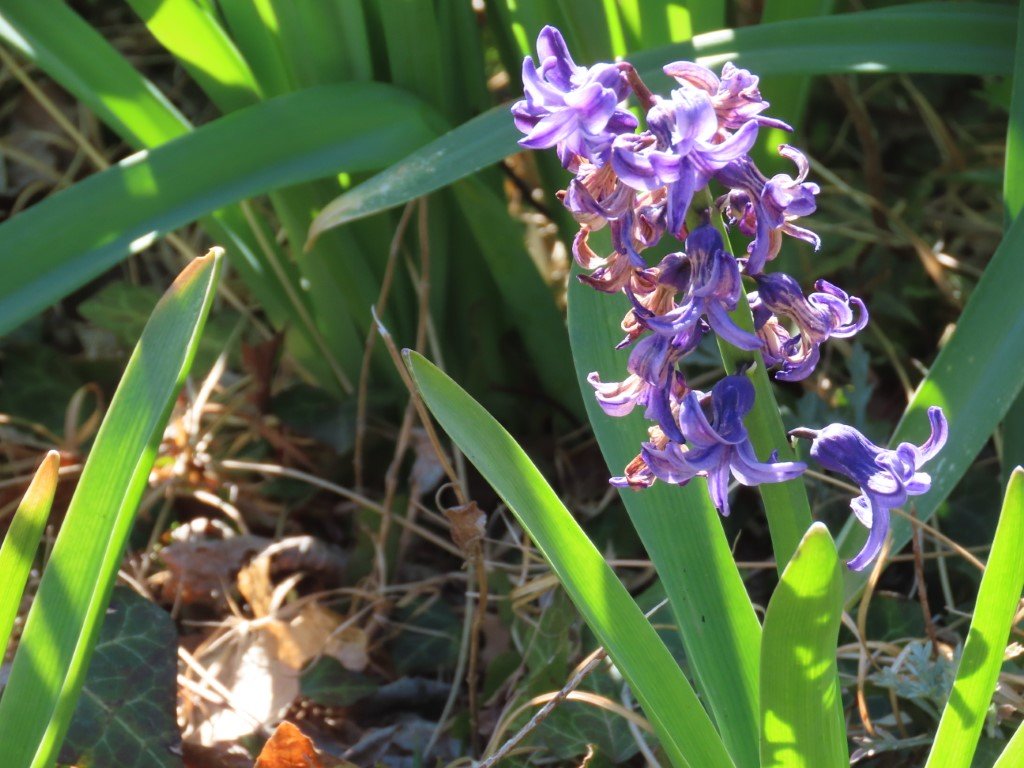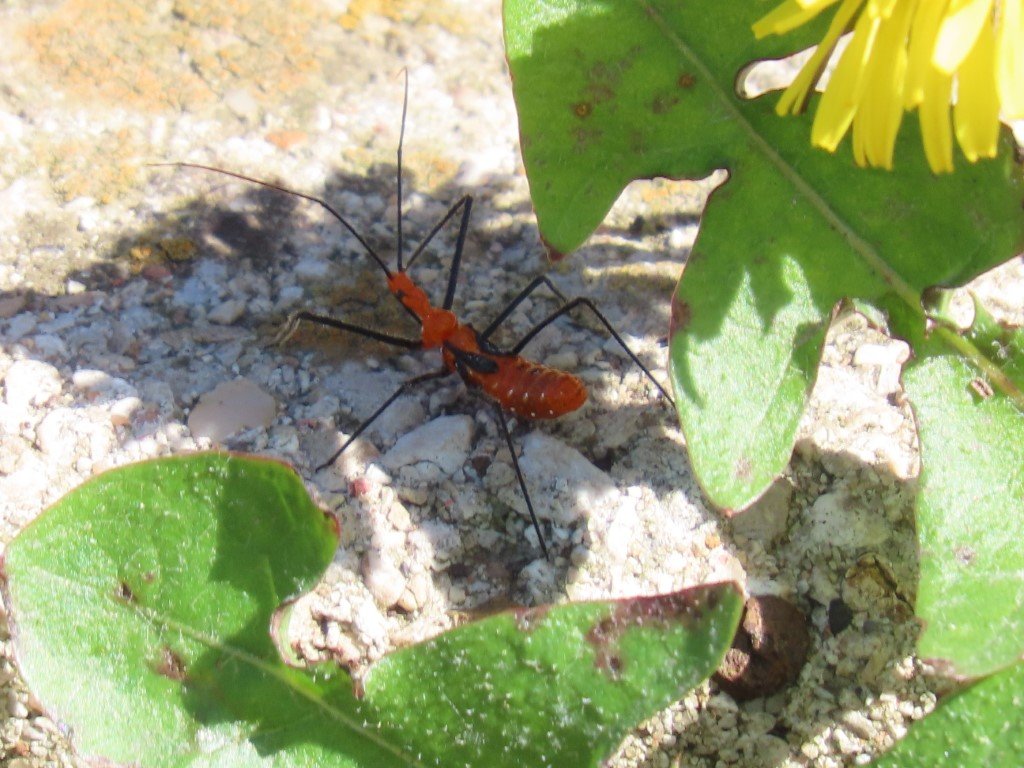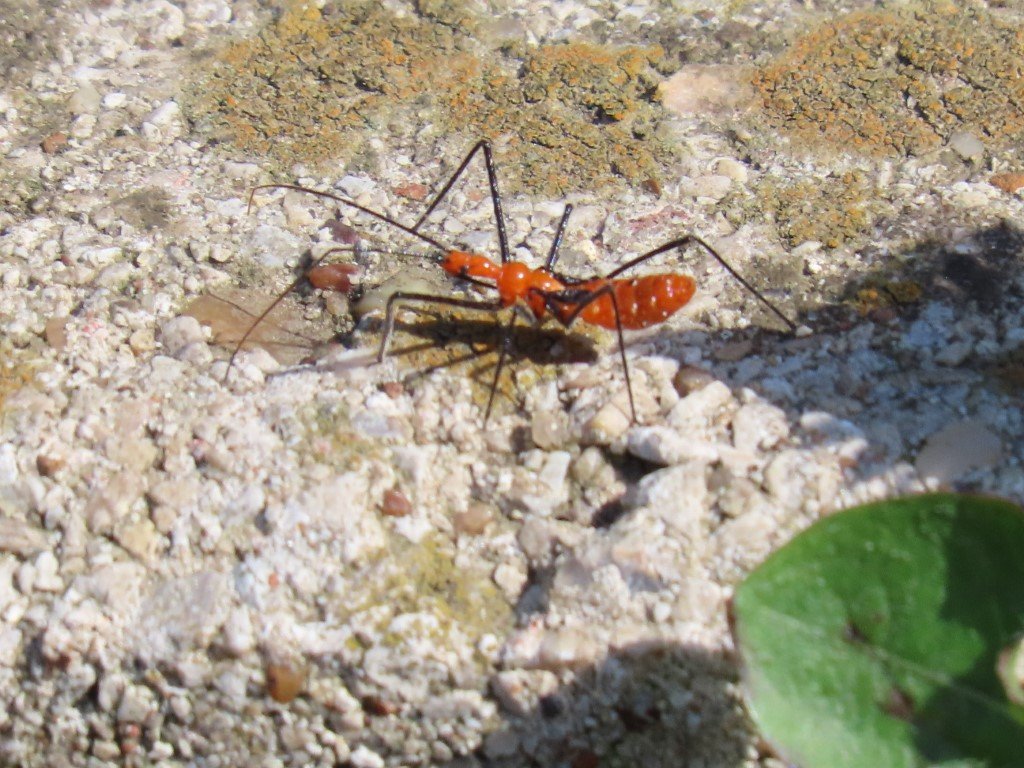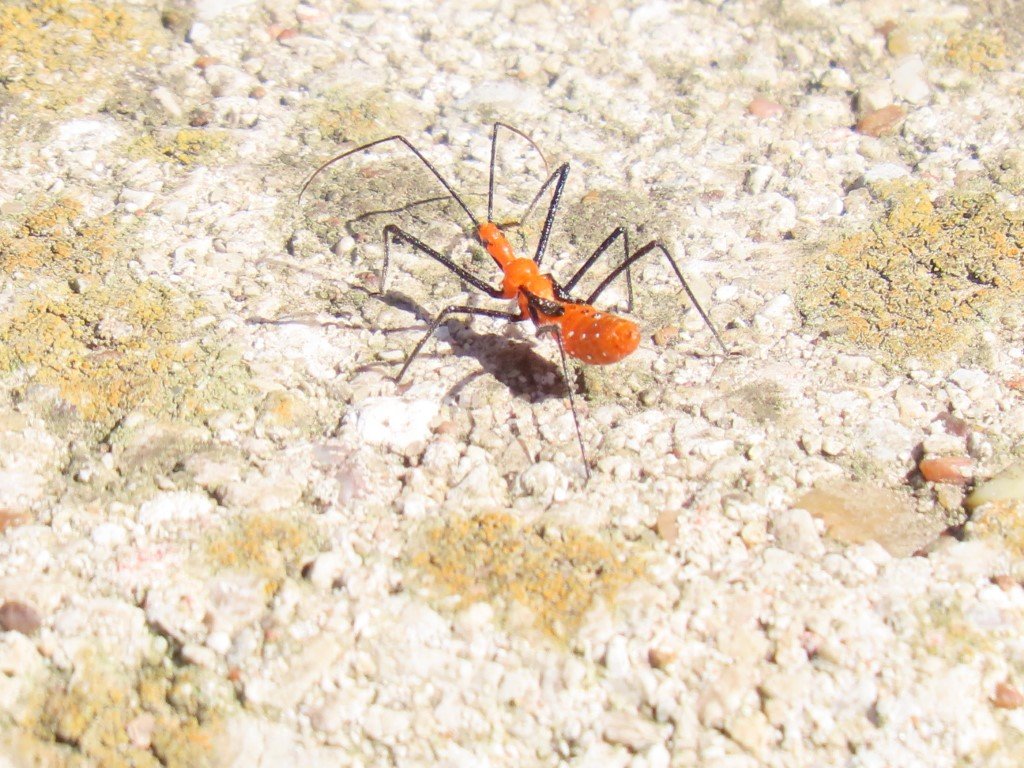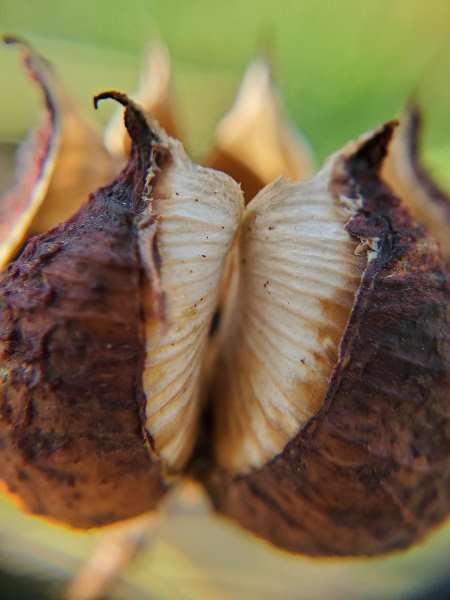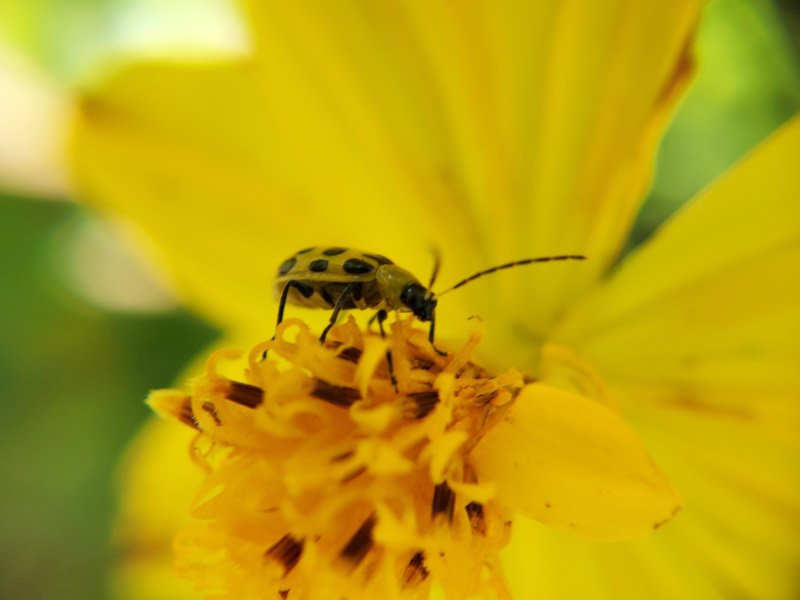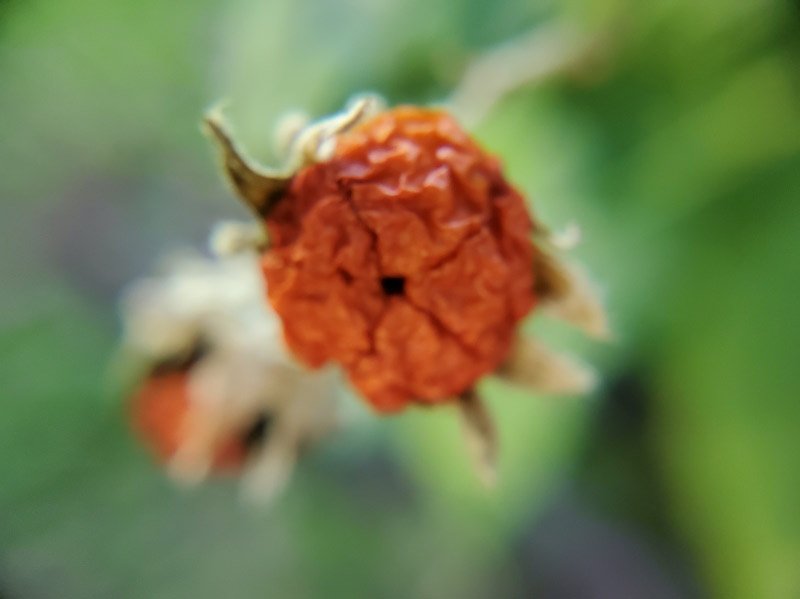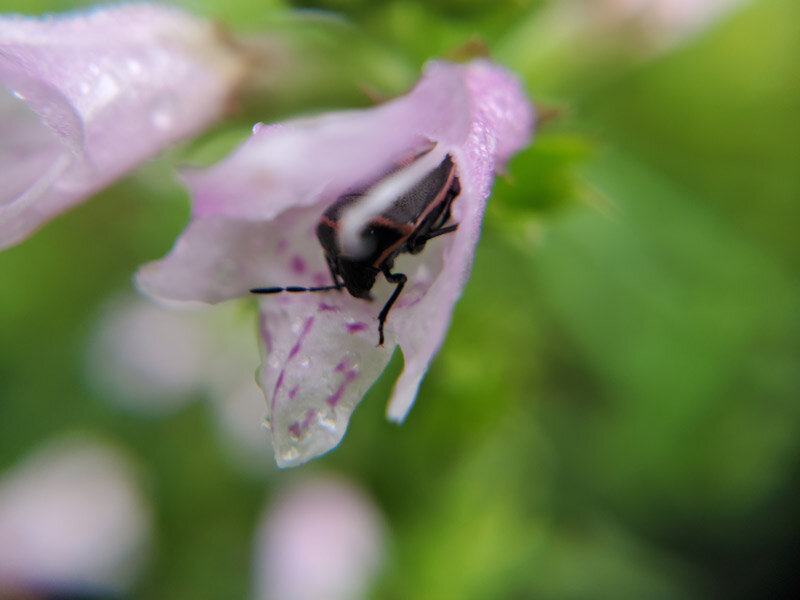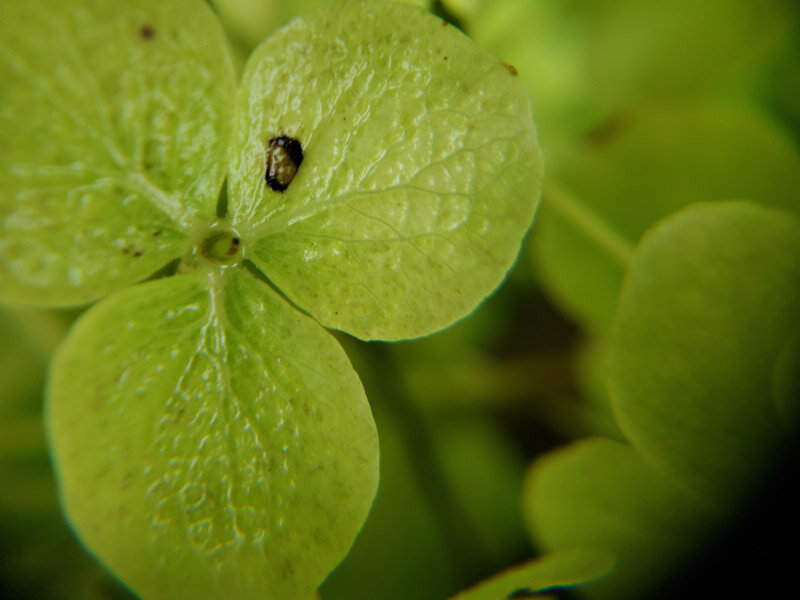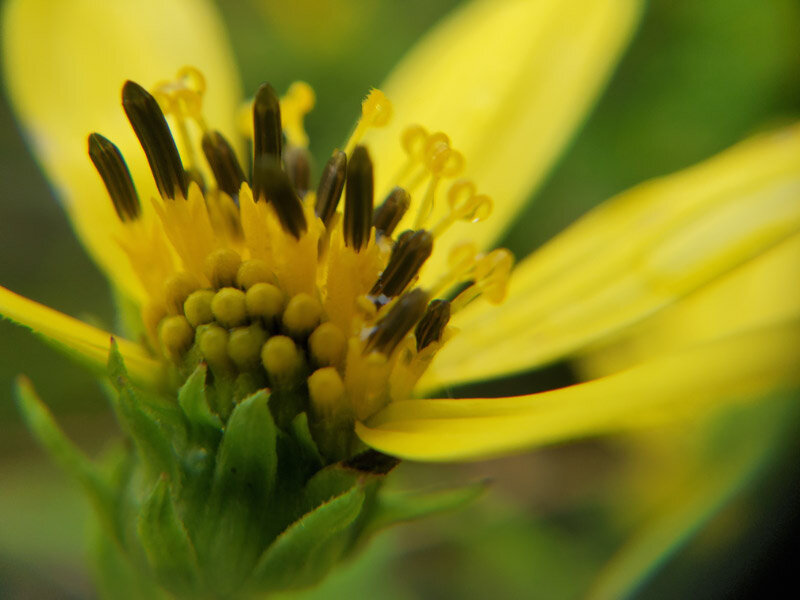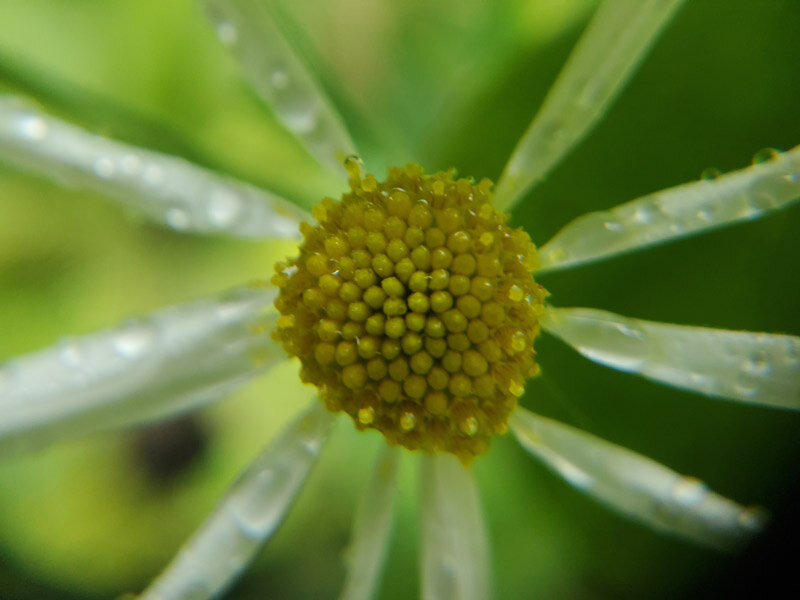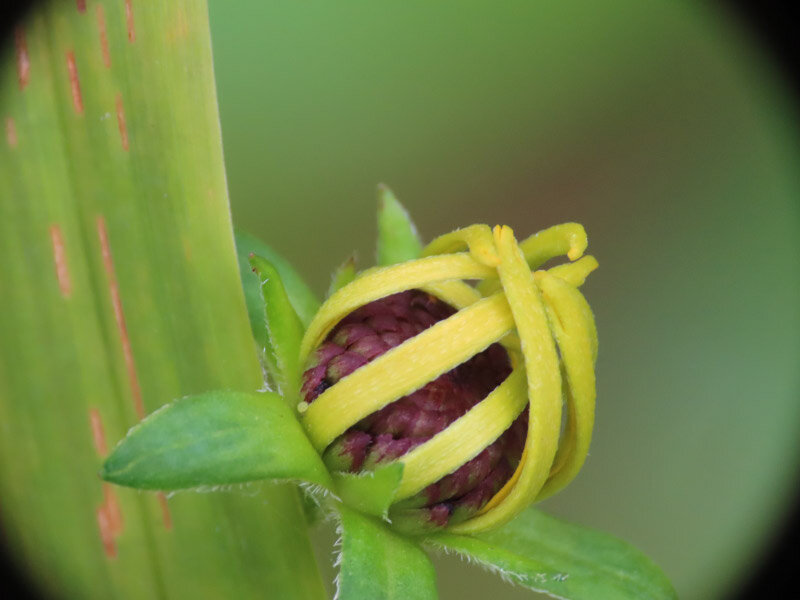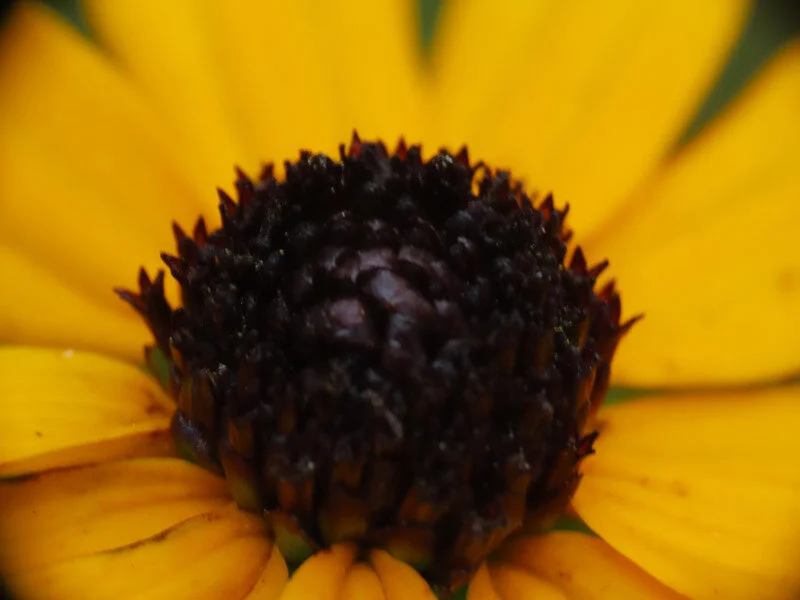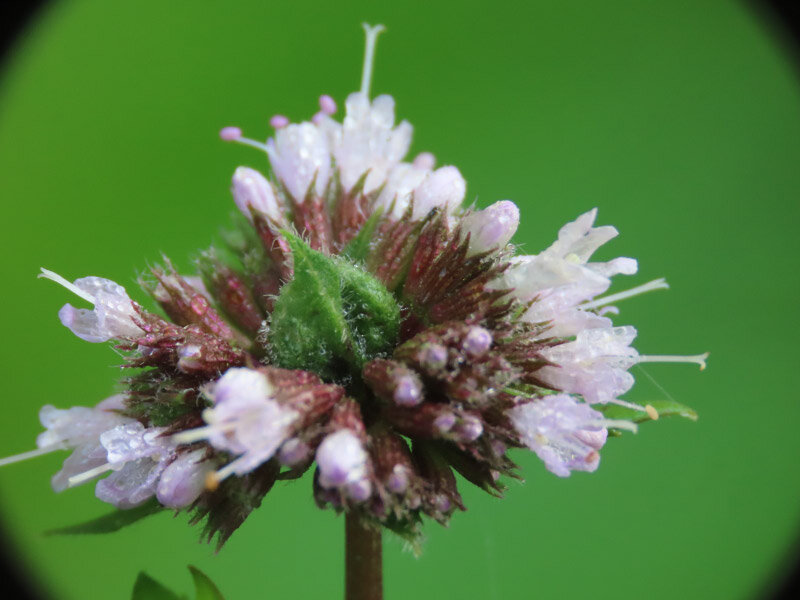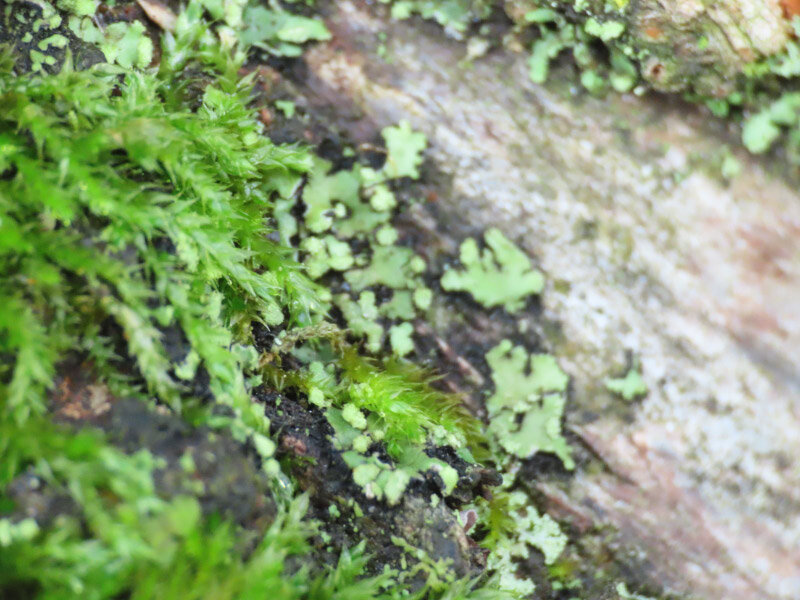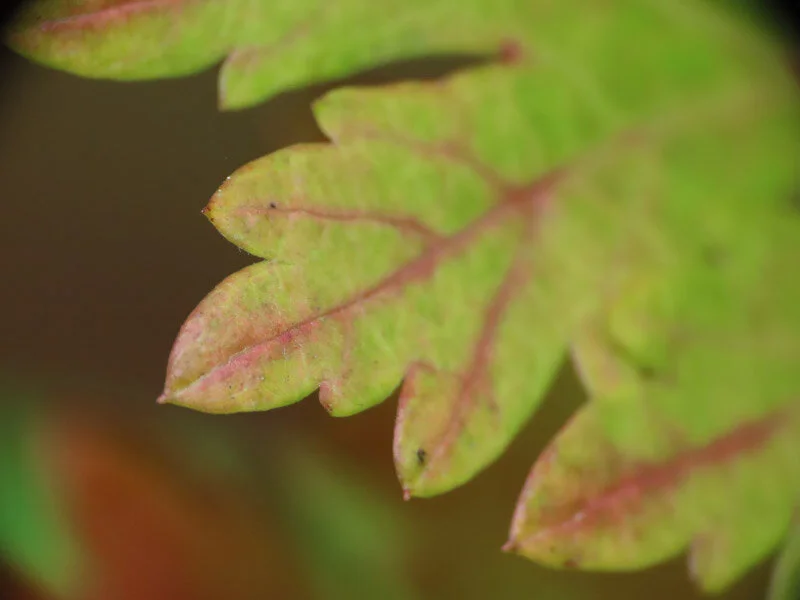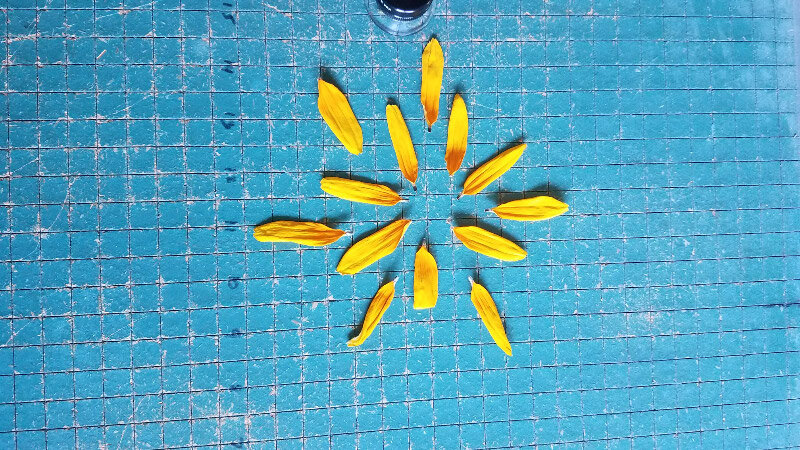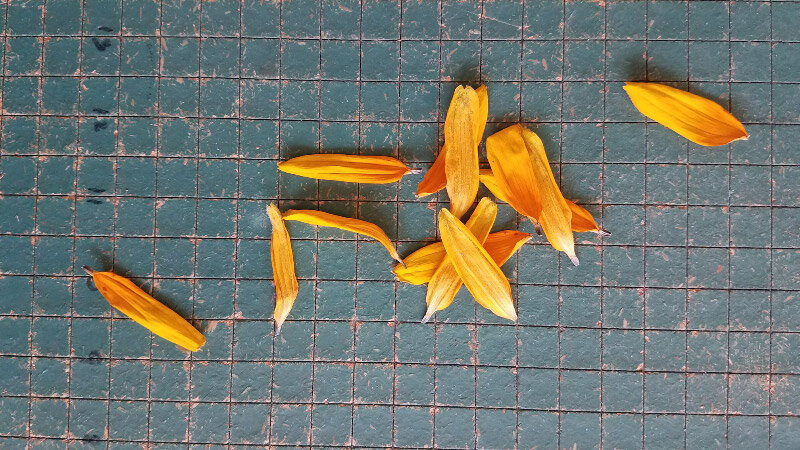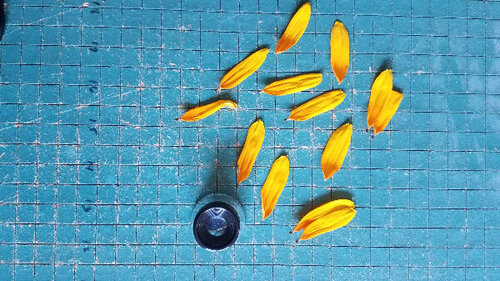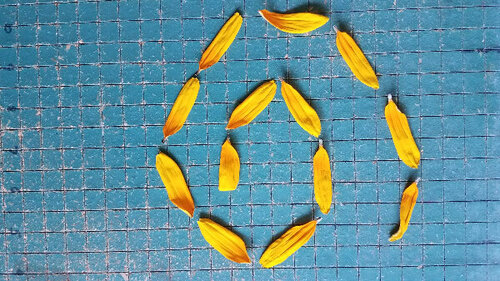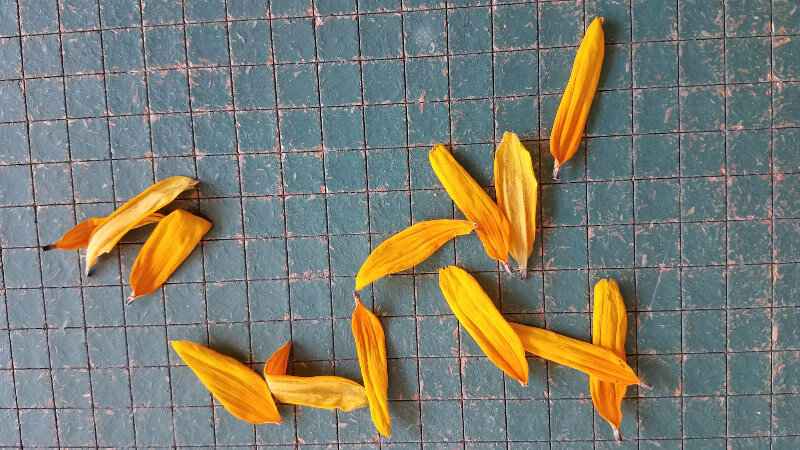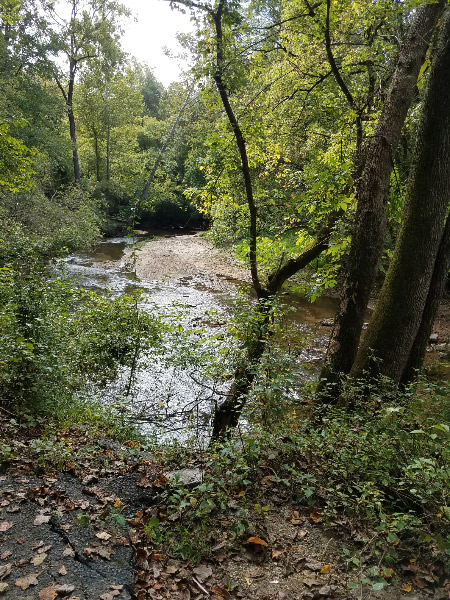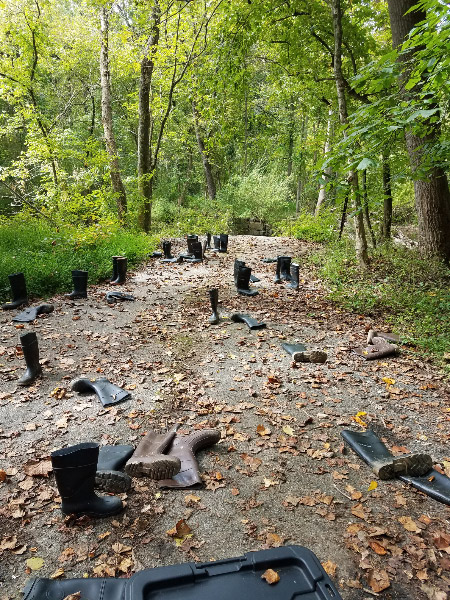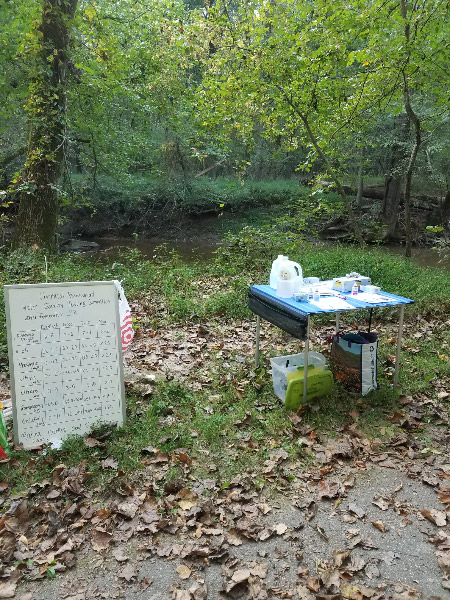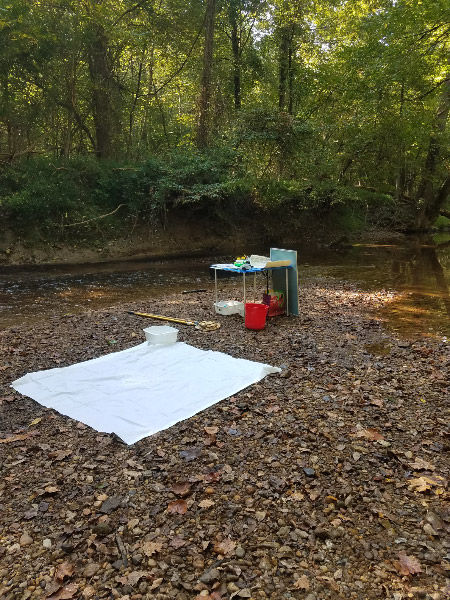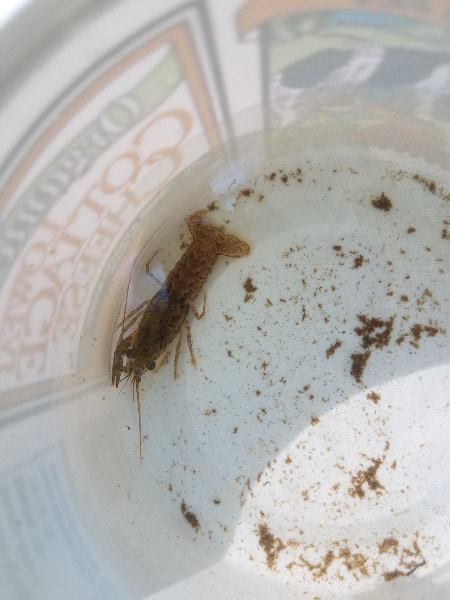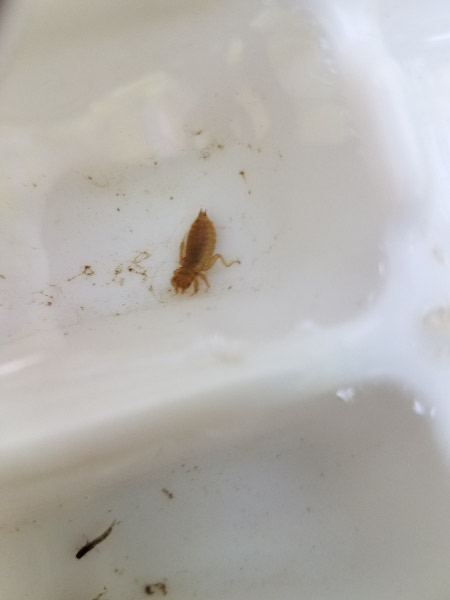The items below were ‘the cream’ of the articles and websites I found this past week. Click on the light green text to look at the article.
Top 25 Wild Bird Photographs of the Week: Seed Eaters – National Geographic Society Newsroom – Quite a variety. Some are small and somewhat drab…but with the camera’s magnification – it’s easy to see that many are more interesting..
The best and worst countries to be a woman – Inclusion, security and justice. Yemen, Afghanistan, Syria, and Pakistan are the worst….Norway, Switzerland, Finland and Denmark are the best. The US scored 19 of 167 countries.
We asked women around the world these 6 provocative questions – Thought provoking and a good read for the answers from women.
Computer science classes break down cultural barriers, study shows -- ScienceDaily – This was certainly true for computer science classes and gender barriers in the US during the 70s and early 80s….and then it wasn’t. Hopefully the same does not happen in the future to this project and projects like them.
Renaissance Nun's 'Last Supper' Painting Makes Public Debut After 450 Years in Hiding | Smart News | Smithsonian – A little art history -- Plautilla Nelli. The article includes pictures before and after restoration of the painting.
California's crashing kelp forest: How disease, warming waters, and ravenous sea urchins combined to kill the kelp and close the red abalone fishery -- ScienceDaily – An ecological horror story that happened between 2013 and 2017.
Infographic: Red Tides Still Hold Tantalizing Mysteries | The Scientist Magazine® - There have been more stories about red tides in Florida again recently, so this article caught my attention. It appears that there is still a lot to learn about the organism.
Horrifying True Stories of Insect Zombies – Cool Green Science – Insect parasitized by fungus, worms, other insects….the amazing complexity of natural interactions.
Replacing coal with gas or renewables saves billions of gallons of water -- ScienceDaily – This is a big deal – particularly in areas that are water challenged (like much of the western US).
The fragrance factory: Roure-Bertrand Fils and the perfume industry in Grasse | Europeana Blog – Perfume history…from the early 1900s.




















